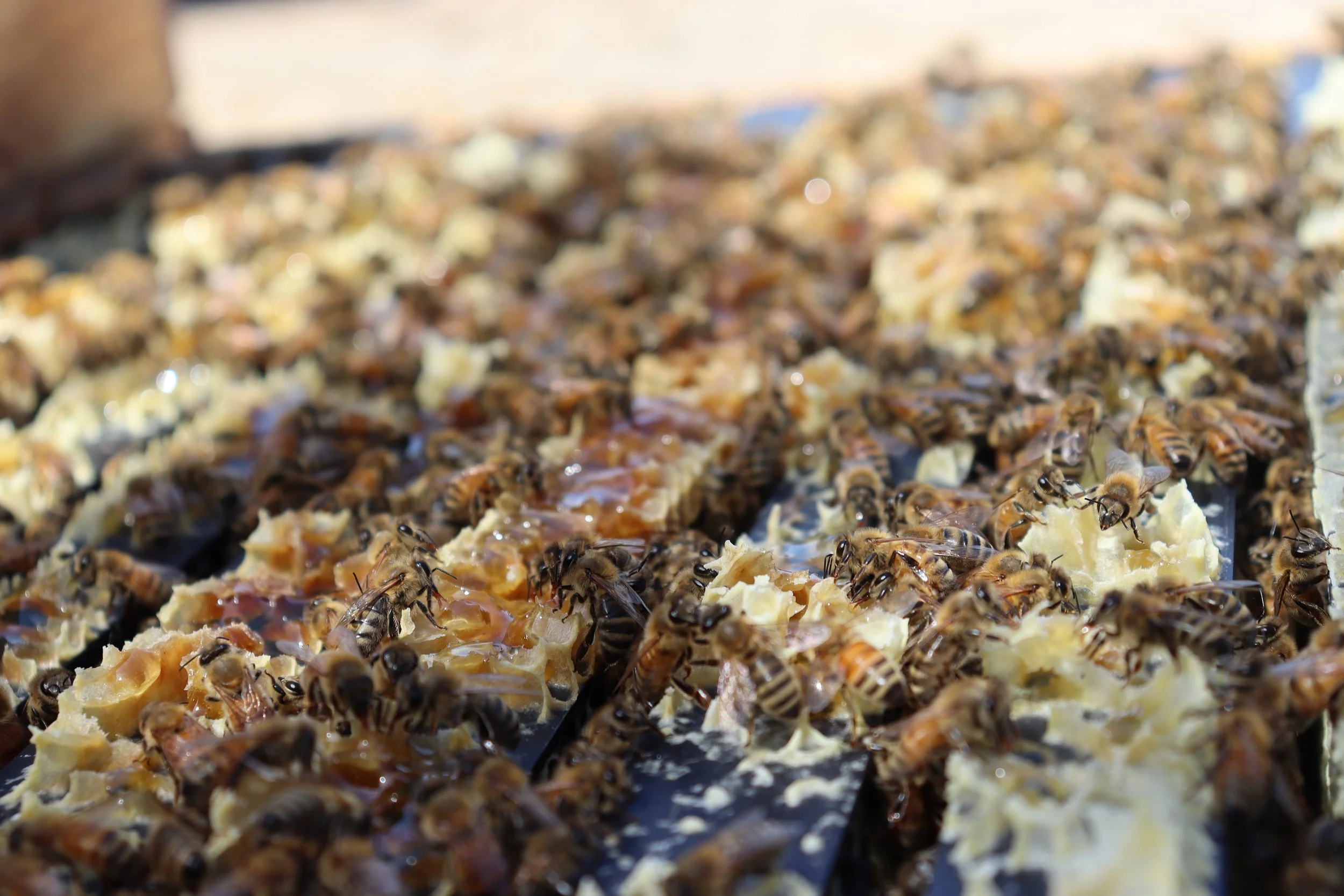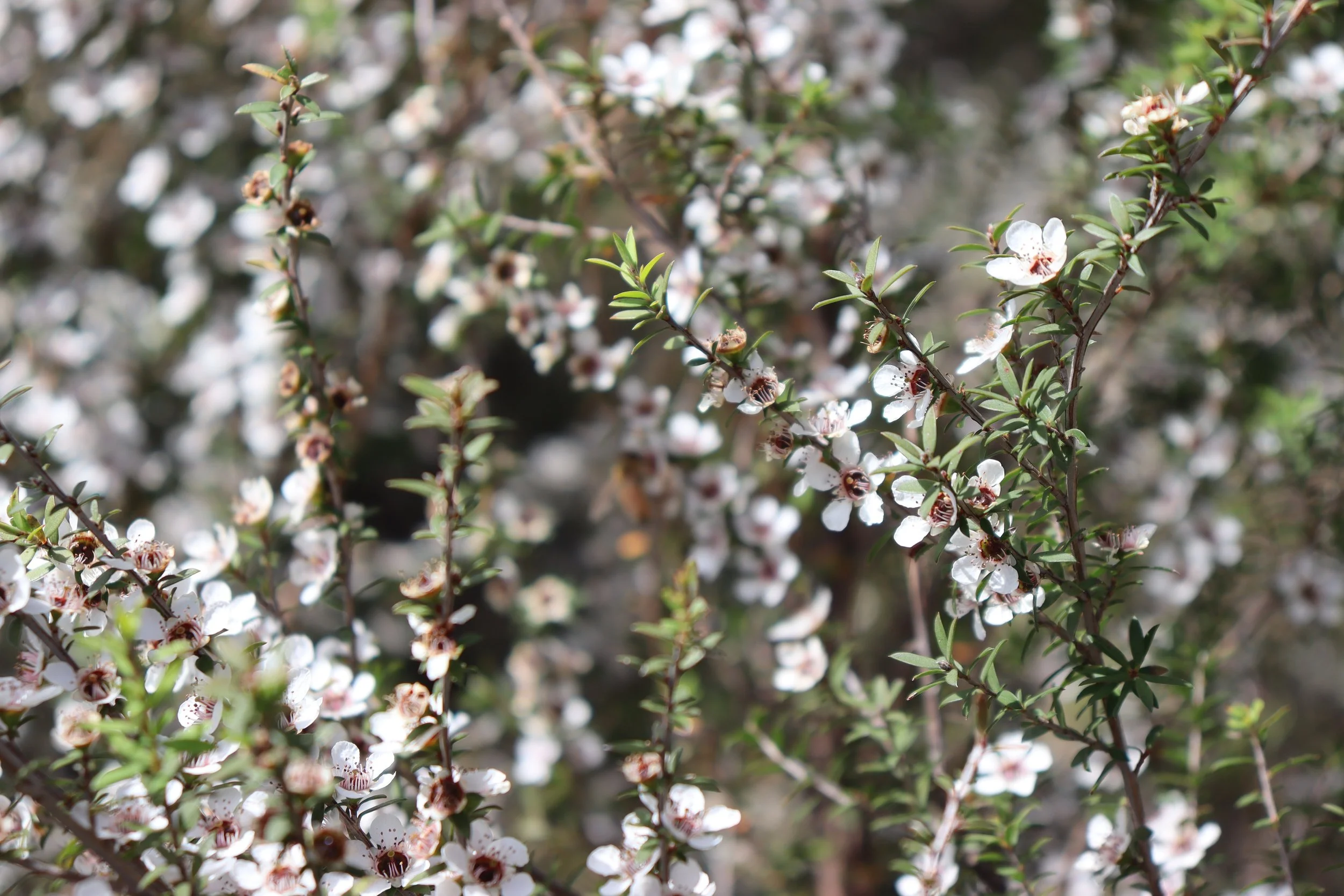
Frequently asked questions.
-
Mānuka honey is a special kind of honey made predominantly from the nectar of the Mānuka plant (Leptospermum scoparium), native to New Zealand. It has unique antibacterial, antiviral, anti-inflammatory, and antioxidant properties, much stronger than regular honey, thanks largely to a compound called methylglyoxal (MGO) .
Article: “6 Health Benefits of Mānuka Honey, Based on Science” - Healthline
-
Authentic Mānuka honey must satisfy both chemical and DNA/pollen-based criteria. In New Zealand, the official definition (as of 2018) includes testing for certain chemical markers from nectar plus a DNA marker from Mānuka pollen. Only when all required markers are present at specified levels can honey be labelled as monofloral or multifloral Mānuka honey.
Source: Mānuka honey testing - Ministry for Primary Industries
-
MGO (methylglyoxal) is a chemical compound found in Mānuka honey that correlates strongly with its antibacterial (non-peroxide) activity. Scientific studies show that higher MGO levels in Mānuka honey correspond to increased ability to inhibit bacteria such as Staphylococcus aureus and Enterococcus faecalis.
-
Research has found that Mānuka honey has significantly higher antioxidant capacity, total polyphenols, and flavonoid content compared to many other honeys. In particular, in one comparative study vs Polish honeys, Manuka MGO-250 and MGO-400 honeys showed stronger antimicrobial and antioxidant effects.
-
Purity and origin are verified via a combination of:
chemical markers (e.g. Leptosperin, specific phenolic acids, etc.)
DNA/pollen analysis (to confirm the presence of Leptospermum scoparium pollen / genetic material)
elemental analysis or fingerprinting to distinguish New Zealand origin vs international honeys.
-
Yes. Academic reviews show Mānuka honey has multiple biologically active properties: antibacterial, anti-inflammatory, antiviral, wound-healing and antioxidant effects. Laboratory and cellular studies have demonstrated its effectiveness in inhibiting pathogens, healing wounds, and protecting cells from oxidative stress.
Article: “Manuka honey: an emerging natural food with medicinal use” - Springer Nature Link
-
New Zealand’s regulatory authorities (MPI / NZ Food Safety) require that honey labelled as “Mānuka” for export must undergo testing in MPI-recognised laboratories for defined chemical and DNA markers. This definition was created after a 3-year scientific programme, including extensive sampling of honey and plants, and peer review.
Source: Mānuka honey testing - Ministry for Primary Industries

